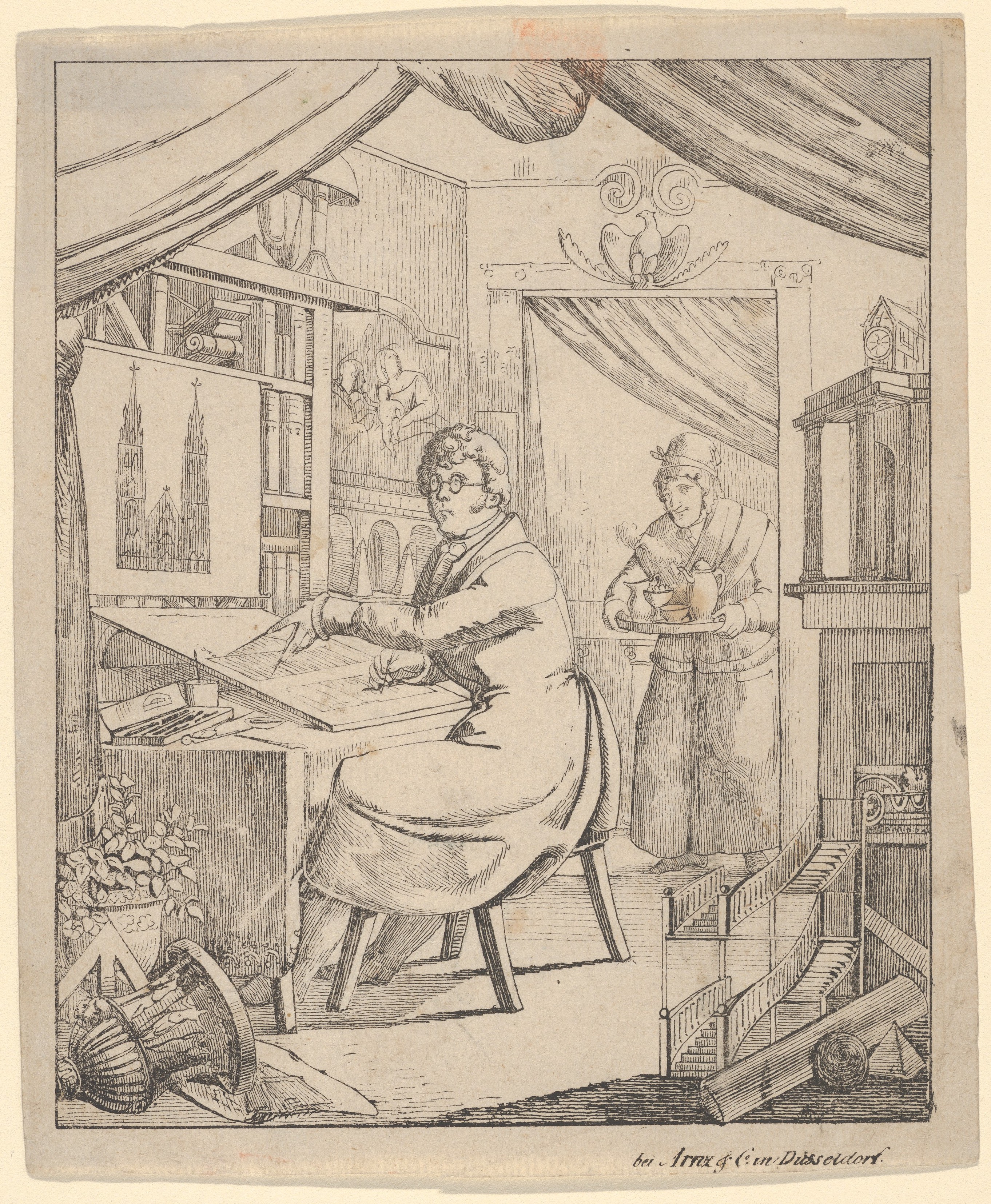Profession
The state in which architects currently practice is often traced to a myriad of occurrences – post-war era standardization, late capitalism, external real estate market forces, among others. Pinpointing published knowledge disseminated across the profession, the role of education leading up to practicing, and disruption-causing events gives way to why we are the way we are, how we feel about it, and what we can do about it.
Former AIA President Frank Miles Day assumes chairmanship of the AIA’s Committee on Contract and Specifications in 1914 and is especially interested in establishing a code of ethics, conduct of design competitions, competitive bidding procedures, and the standardization of contracts between and among owners, architects, and builders in an effort to elevate the Architect’s status alongside doctors and laywers (Johnston, 2020). Henry-Russell Hitchcock, American architectural historian, predicted the major categories of the “Architecture of Bureaucracy” and the “Architecture of Genius” in his 1947 article. Hitchcock states postwar architecture would be distinguished “not by style, but by economy of production,” in which a new professional entity would meet the increasing scale and scope of design tasks – “the bureaucratic office.” This model can be seen in Skidmore, Owings & Merrill, founded in 1936, Nathaniel Owings states, “we were not after jobs as such. We were after leverage to influence social and environmental conditions. To work, we must have volume…volume meant power.” Another model can be described through The Architects Collaborative (TAC), founded in 1945, of which included Gropius, who led the Bauhaus and later the Harvard GSD. The team is described as generalists able to critique each other’s work rather than parceling out tasks. Gropius’ argument was collaboration across disciplines would “allow architecture to recover the ideal of integration represented by the pre-industrial figure of the master builder in context of postwar industrial society” (Kubo, 2014). An interdisciplinary way of working, thus, became a new ideal to replace the title of Master Builder, in so doing, the spirit of anonymity and team-based ethos reigned for the efforts of collaboration, and furthers the professed squandering of an architect’s agency.
The state in which architects currently practice is often traced to a myriad of occurrences – post-war era standardization, late capitalism, external real estate market forces, among others. Pinpointing published knowledge disseminated across the profession, the role of education leading up to practicing, and disruption-causing events gives way to why we are the way we are, how we feel about it, and what we can do about it.
Former AIA President Frank Miles Day assumes chairmanship of the AIA’s Committee on Contract and Specifications in 1914 and is especially interested in establishing a code of ethics, conduct of design competitions, competitive bidding procedures, and the standardization of contracts between and among owners, architects, and builders in an effort to elevate the Architect’s status alongside doctors and laywers (Johnston, 2020). Henry-Russell Hitchcock, American architectural historian, predicted the major categories of the “Architecture of Bureaucracy” and the “Architecture of Genius” in his 1947 article. Hitchcock states postwar architecture would be distinguished “not by style, but by economy of production,” in which a new professional entity would meet the increasing scale and scope of design tasks – “the bureaucratic office.” This model can be seen in Skidmore, Owings & Merrill, founded in 1936, Nathaniel Owings states, “we were not after jobs as such. We were after leverage to influence social and environmental conditions. To work, we must have volume…volume meant power.” Another model can be described through The Architects Collaborative (TAC), founded in 1945, of which included Gropius, who led the Bauhaus and later the Harvard GSD. The team is described as generalists able to critique each other’s work rather than parceling out tasks. Gropius’ argument was collaboration across disciplines would “allow architecture to recover the ideal of integration represented by the pre-industrial figure of the master builder in context of postwar industrial society” (Kubo, 2014). An interdisciplinary way of working, thus, became a new ideal to replace the title of Master Builder, in so doing, the spirit of anonymity and team-based ethos reigned for the efforts of collaboration, and furthers the professed squandering of an architect’s agency.

